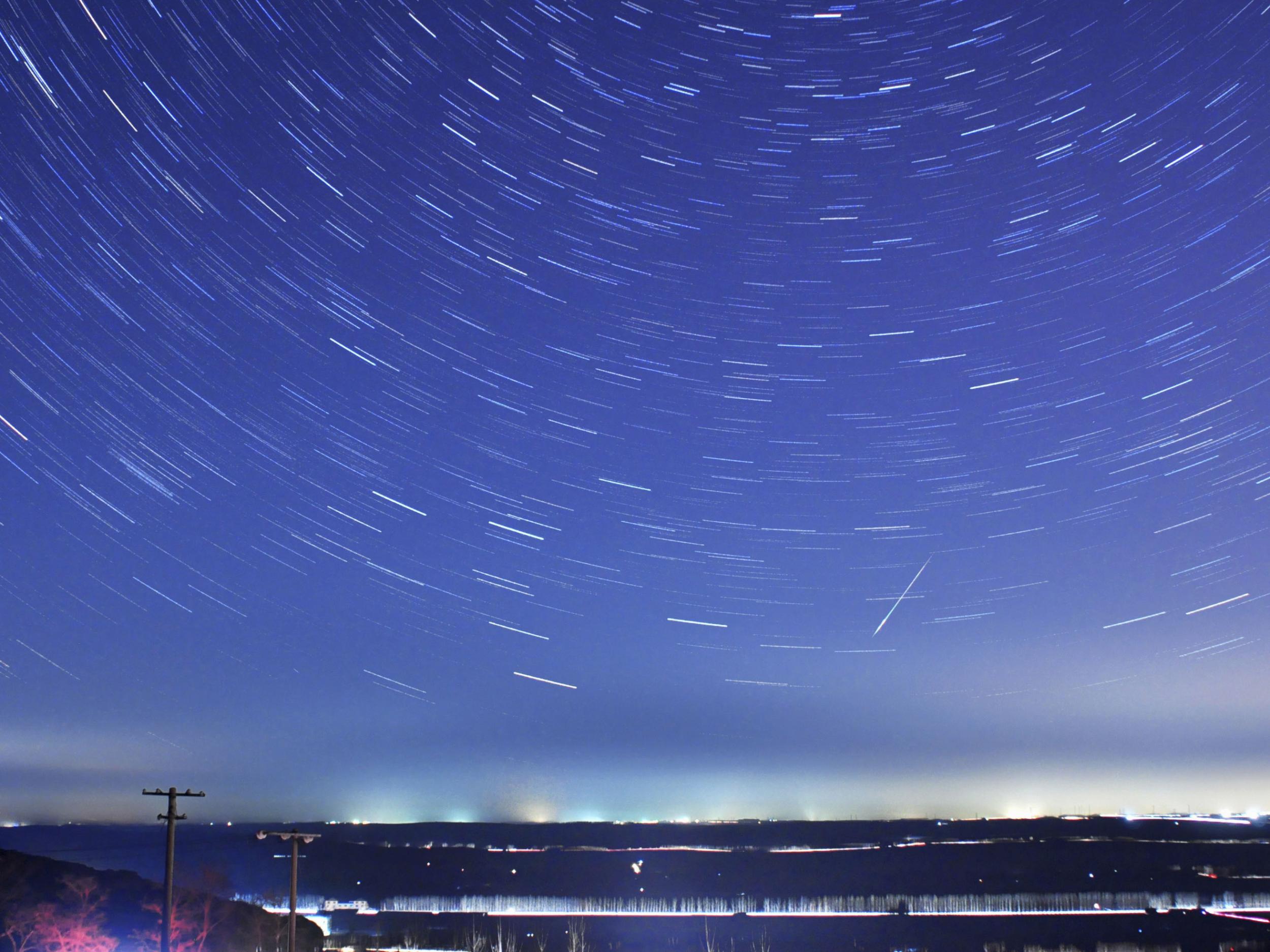Quadrantid meteor shower: When will this happen and how can we see them?
The new year brings an opportunity to view asteroid fragments streaking across the sky

Your support helps us to tell the story
From reproductive rights to climate change to Big Tech, The Independent is on the ground when the story is developing. Whether it's investigating the financials of Elon Musk's pro-Trump PAC or producing our latest documentary, 'The A Word', which shines a light on the American women fighting for reproductive rights, we know how important it is to parse out the facts from the messaging.
At such a critical moment in US history, we need reporters on the ground. Your donation allows us to keep sending journalists to speak to both sides of the story.
The Independent is trusted by Americans across the entire political spectrum. And unlike many other quality news outlets, we choose not to lock Americans out of our reporting and analysis with paywalls. We believe quality journalism should be available to everyone, paid for by those who can afford it.
Your support makes all the difference.One of the lesser known meteor showers, known as the Quadrantids, will be viewable from Earth as the new year begins.
Up to 200 meteors will be seen every hour under ideal conditions during its peak.
The Quadrantids owe their name to a now defunct constellation called Quadrans Muralis, which the meteor shower appears to emanate from in the sky.
When the International Astronomical Union drew up a list of constellations in 1922 they decided to leave out Quadrans Muralis, but the shower’s name stuck.
It was first described by Italian astronomer Antonio Brucalassi in 1825. He described the atmosphere as "traversed by a multitude of the luminous bodies known by the name of falling stars.”
Here’s everything you need to know about these “luminous bodies”:
When will the Quadrantid meteor shower happen?
The Quadrantids constitute the first major meteor shower of 2018.
The meteors are usually active between the end of December and the second week of January. They tend to peak for around two days, starting on 3 January.
Based on previous events, the International Meteor Organization estimates the peak time to view the Quadrantid meteor shower this year will be around 10pm UK time.
How and where can we best see the Quadrantid meteor shower?
Meteor-seekers in the Northern hemisphere will have the best chances of seeing the meteor shower.
The so-called “radiant point” of the shower – the point from which the meteors appear to originate – is an area inside the constellation Boötes, not far from the Big Dipper.
General tips for watching meteors should also be observed. These include checking the weather in advance and getting as far away as possible from the artificial lights of towns and cities.
Unfortunately, heavy cloud cover across the UK meant the midnight show was almost completely obscured on the opening night.
There wil be a chance to catch them on Friday night, with a small window of clear skies expected in Suffolk, the Midlands and parts of Wales.
What is the Quadrantid meteor shower?
Like all meteors, the Quadrantids consist of debris from larger objects. The dust given off by this debris collides with Earth’s atmosphere, disintegrates and creates the bright streaks in the sky we know as shooting stars.
Most meteor showers consist of debris from comets – objects made from ice and dust – but the Quadrantids come from a metallic asteroid called 2003 EH1.
“Quadrantids are also known for their bright fireball meteors," according to Nasa. "Fireballs are larger explosions of light and colour that can persist longer than an average meteor streak. This is due to the fact that fireballs originate from larger particles of material.”
How are Quadrantids different from Ursid and Geminid meteor shower?
While the “peaks” of other major meteor showers can persist for a day or more, meaning people in all time zones can enjoy them, the Quadrantids have a much narrower peak, lasting only a few hours.
This makes location far more important for viewing this shower.
Join our commenting forum
Join thought-provoking conversations, follow other Independent readers and see their replies
Comments